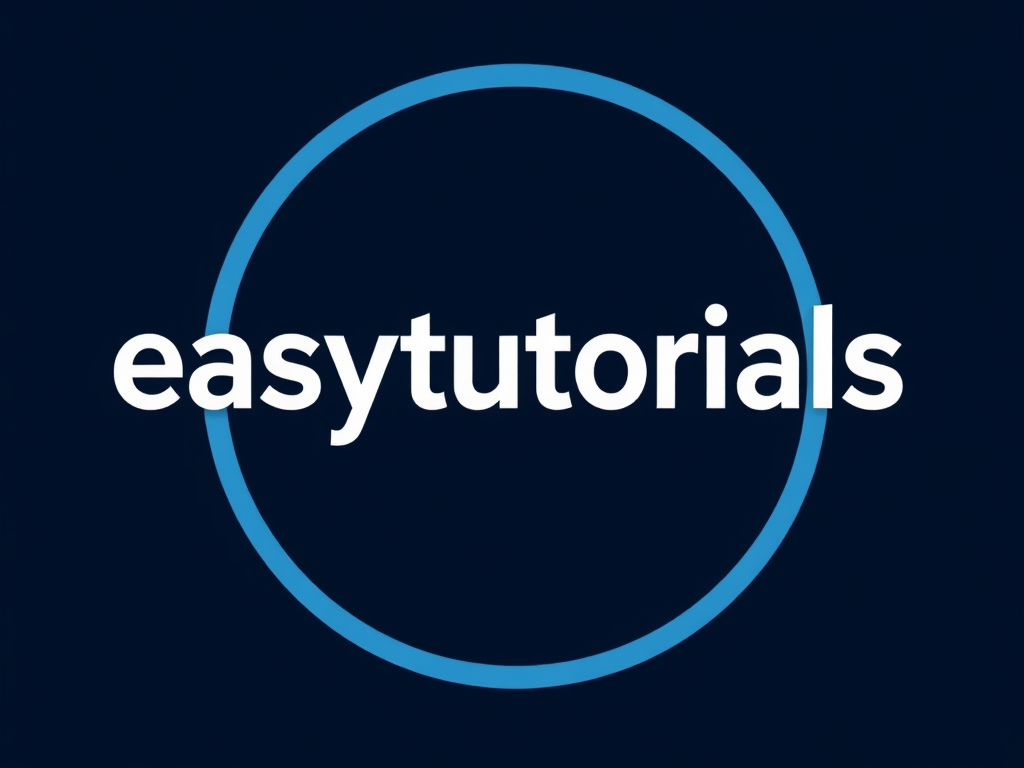Crafting a captivating video storyboard can transform your ideas into clear, engaging visuals with surprisingly little effort. By combining straightforward techniques and smart tools—like digital drag-and-drop platforms—you can organize scenes effectively, enhance collaboration, and bring stories to life without needing advanced artistic skills. Discover how to streamline your storyboard process and produce stunning results that communicate your vision powerfully.
Essential Steps for Effortless Video Storyboarding
When you dive into creating a video storyboard, the process is all about translating ideas into a clear, visual roadmap. Precision in your initial breakdown is key: start by identifying the major scenes or sections using a consistent storyboard template. This structure will help ensure each moment has a visual anchor, supporting clarity in storytelling and making collaboration more straightforward, especially when using digital storyboarding software.
Topic to read : What lies ahead: transforming uk computing marketing strategies to align with future trends
Map out your narrative by turning your script or video concept into discrete frames, ensuring every panel helps visualize key actions or dialogue. Use a storyboarding checklist to verify that each requirement like camera angles, scene transitions, and notes appears where it adds the most value. Choosing the right storyboard tool, whether a traditional hand-drawn format or a user-friendly online storyboard creator, can streamline your workflow.
Modern solutions boost organization with drag-and-drop design, version control, and easy sharing. Templates keep consistency, while visual storytelling steps such as highlighting actions, planning camera movement, and marking dialogue make your storyboard more actionable for production. By focusing on these essentials, you set up a video project for efficient collaboration and fewer surprises during filming.
Also read : Transform your social media with sonny, your ai assistant
What is a Video Storyboard and Why it Matters
A video storyboard is a sequence of illustrated frames arranged to outline the visual flow and structure for a video narrative construction. Using storyboarding essentials, each scene is depicted panel by panel, often accompanied by notes or dialogue, providing a visual roadmap for the entire production.
The storyboarding essentials process simplifies pre-production planning in multiple genres such as documentaries, music videos, and commercials by making abstract concepts tangible. Storyboard templates and online storyboarding platforms, for example, allow creators to visualize each scene before any filming begins. This early-stage scene planning minimizes later misunderstandings and costly revisions by clarifying the script to storyboard process for all participants.
Through visual storytelling steps, storyboarding tools overview and collaborative features address communication gaps within groups. Teams can contribute input directly in real time, share feedback, and collectively implement revisions. This collaborative storyboarding technique creates a shared understanding, reduces repetition, and streamlines video narrative construction.
A storyboard is not just a technical tool; it’s a foundation for creativity and project management. Integration of storyboarding essentials and visual storytelling steps enhances workflow, accelerates feedback, and increases the success rate of turning ideas into memorable video content.
Step-by-Step Guide to Creating a Video Storyboard
Start with a script to storyboard process: break the script into core scenes, then translate these key moments into distinct visual panels. Use the script to guide your organization each panel should correspond to a major action or dialogue point, making scene transitions clear for smoother pre-production planning.
Choose a storyboard template suited to your project. When selecting a storyboard template, consider the number of panels, intended video style, and whether you’re storyboarding for live action, animation, or social media. Many free online storyboarding platforms, such as Canva or even tools similar to https://playplay.com/product/video-storyboard, offer customizable storyboard template options. Templates streamline DIY storyboard creation and help structure your storyboard timeline integration effectively.
Apply storyboard sketching techniques to visualize each sequence. You can use rough sketches, stick figures, or digital illustrations depending on your needs and the time available. Organizing storyboard panels is made easier by labeling each frame clearly and grouping related scenes.
As you progress, use annotations and notes to provide additional storyboarding tips such as camera movement planning, shot sequencing guidelines, and pacing indications. Effective storyboard annotations and notes clarify the intent behind images, cue dialogue or sound design, and help ensure visual continuity throughout your storyboard.
Comparing the Best Digital Storyboarding Tools
Precision: Storyboarding tools overview starts with the essentials—intuitive design, real-time collaboration, adaptable templates, and robust export formats. Storyboard That, Boords, Canva, and PlayPlay each provide unique solutions to match diverse creative and business requirements.
Storyboard That features an extensive template library and is well recognized for educational alignment and compliance. Users can access digital storyboarding software tailored for personal, educational, or corporate environments. Collaboration functions enable multiple participants to edit and comment simultaneously, improving workflow while respecting privacy and security mandates.
Boords stands out in storyboard software comparison with its AI-powered features and collaborative workspace. Its online storyboarding platform supports live feedback, version control, and versatile storyboard export formats (PDFs, shot lists, MP4). Real-time updates and project access controls foster efficient and secure teamwork.
Canva positions itself with an accessible interface and a massive repository of assets. Templates are easily customized and exported, making it perfect for quick storyboarding tools overview. Digital storyboarding software here highlights collaboration and comprehensive media integration.
PlayPlay specializes in minimal effort storyboard creation with automated transitions, brand integration, and user-friendly frame adjustment. Online storyboarding platforms like these facilitate the entire visual storytelling process—from script to effective storyboard export formats.
Collaboration, Feedback, and Efficient Revision Strategies
Collaborative storyboarding techniques have evolved rapidly, enabling teams to engage in real-time co-creation. Platforms such as digital storyboarding software now support live editing, allowing for immediate updates by multiple users. This ensures all participants see the latest versions, making group collaboration on storyboards more streamlined in 2025. Every panel can be annotated for clarity, supporting a unified vision throughout the storyboard timeline.
The process of storyboard feedback gathering has been transformed by tools that consolidate comments and track changes. Users can place feedback directly on specific frames, while version control tracks revisions, reducing confusion and lost ideas. Effective storyboard revisions strategy relies on regularly reviewing annotations and resolving feedback as a team, so only the most current ideas are maintained.
When preparing storyboards for client approval, organizing panels with clear notes and visual highlights accelerates the review cycle. Clients can suggest edits within the platform, and each new version solidifies project direction without the chaos of lengthy email chains. For efficient workflows, best practices recommend finalizing visual and written updates before the next stage of production, ensuring the storyboard remains a reliable reference point for all contributors.
Pro Tips, Best Practices, and Downloadable Templates
Precision and recall in storyboarding hinge on effective organization of scenes, seamless pacing in storyboards, and ensuring visual continuity in storyboards. Begin by laying out the core story outline—each box or panel should represent a key moment. To keep your storyboard for beginners clear, label panels and annotate with dialogue or action notes for a smooth transition from script to storyboard process.
Common storyboarding mistakes to avoid include overcrowded panels, inconsistent character positions, and neglecting visual continuity in storyboards. Maintain logical shot sequencing guidelines: for every scene visualization, indicate camera movement and angle using basic arrows or sketches. Avoid skipping the storyboard checklist; reviewing it before moving to production prevents costly revisions.
Make your frames distinct: group shots, close-ups, and wide views should align naturally to maintain pacing in storyboards and reinforce visual continuity. For video planning techniques, color coding storyboards and using storyboard annotations and notes help track scene transitions and storytelling flow design.
Access free storyboard templates free download from top online storyboarding platforms—these are adaptable for any genre, from storyboarding for tutorials to storyboarding for commercials. These resources streamline the storyboard template usage, enabling minimal effort storyboard creation even when working as a group.
BODY
Storyboard template usage remains essential for maintaining structure and clarity in any video planning process. Starting with a well-designed storyboard template streamlines workflow and reduces errors in both scene visualization methods and the animatics creation process. To maximize impact, most digital storyboarding software offers drag-and-drop features with access to visual elements—characters, backgrounds, and customizable panels—that simplify story outline development.
Effective storyboarding tips stress breaking the narrative into concise, actionable steps. For instance, using scene visualization methods—numbering panels, color coding storyboards for quick categorization, and adding brief annotations—helps ensure visual continuity in storyboards. When progressing from script to storyboard process, always adapt shot sequencing guidelines and integrate layout and design tips, clarifying the pacing in storyboards and transitions between key moments.
Collaborative storyboarding techniques are strongly supported in modern platforms. Real-time editing allows teams to suggest revisions, apply storyboard annotations and notes, and optimize the video narrative construction jointly. The best apps for storyboarding further encourage minimal effort storyboard creation while supporting storyboard checklist completion, voice over planning with storyboard, and multiple storyboard export formats for versatile usage in 2025.




